Consumer Confidence Falls in April
Concerns about rising prices, politics, and global conflicts continue to dampen consumer outlook.

It marks the third consecutive month of decline, reaching its lowest level since July 2022.
The Conference Board’s consumer confidence index fell to 97 in April, down from a downwardly revised 103.1 in March.
“Despite these three months of weakness, the gauge continues to move sideways within a relatively narrow range that’s largely held steady for more than two years,” said the Conference Board.
“Despite April’s dip in the overall index, since mid-2022, optimism about the present situation continues to more than offset concerns about the future,” said Dana M. Peterson, chief economist at the Conference Board.
Confidence declined among all age groups and income levels, except for the $25,000 to $49,999 bracket.
Consumers under 35 continued to show greater confidence than those over 35.
Households with incomes below $25,000 and those above $75,000 reported the largest drop in confidence.
Over a six-month basis, confidence for consumers earning less than $50,000 has been stable, while confidence among consumers earning more has declined.
“According to April’s write-in responses, elevated price levels, especially for food and gas, dominated consumer’s concerns, with politics and global conflicts as distant runners-up,” said Peterson.
Average 12-month inflation expectations remained stable at 5.3 percent in spite of concerns about food and energy prices.
The “Consumers’ Perceived Likelihood of a U.S. Recession Over the Next 12 Months” rose slightly in April but was below the May 2023 peak.
The Present Situation Index, which measures consumers’ current view of business and labor market conditions, fell to 142.9 in April from a downwardly revised 146.8 in March.
Consumers’ view of current business conditions was more optimistic in April, with the percentage of respondents who said current business conditions are “good” up at 21 percent from 19 percent in March, while those who said conditions are “bad” decreased to 17 percent from 18 percent.
Consumers’ view of the labor market, however, was more negative.
The percentage of respondents who felt jobs were plentiful was down to 40 percent from 42 percent, while 15 percent said jobs were “hard to get,” up from 12 percent in March.
The Expectations Index, which measures consumers’ outlook for income, business, and labor market conditions in the near future, fell to 66.4 from an upwardly revised 74 in March.
Notably, an Expectations Index reading below 80 often signals a recession ahead, said the Conference Board.
Expectations for the next six months slipped to the lowest level since July 2022, it said.
Looking at short-term business conditions, respondents’ outlooks were more pessimistic, with 13 percent of respondents expecting business conditions to improve, down from 14 percent in March.
The number of respondents that expect them to worsen was up to 20 percent from 19 percent.
Consumers’ assessment of the short-term labor market outlook in April was also more negative.
The percentage of respondents who expect more jobs to be available was down to 12 percent from 14 percent, while the number of respondents who expect fewer jobs to be available was up to 20 percent from 19 percent.
Consumers’ assessment of their short-term income prospects was also more pessimistic in April.
The number of respondents who expect their incomes to increase was down to 15 percent from 17 percent in March, while a flat 14 percent of respondents expect their incomes to decrease.
Consumers were also less optimistic about their family’s financial situation, both currently and over the next six months, a measure not included when calculating the Present Situation and Expectations Index.
Expectations that stock prices will increase over the year ahead declined slightly, after rising every month since November of last year, it said.
The percentage of consumers expecting higher interest rates in the year ahead rose again to 53.8 percent in April.
Plans to buy homes and big-ticket appliances, purchases that tend to be sensitive to interest rates, continued to soften.
Vacation plans, both within the U.S. and abroad, also declined to the lowest level since June 2023.
The Latest

Said to be the first to write a jewelry sales manual for the industry, Zell is remembered for his zest for life.

The company outfitted the Polaris Dawn spaceflight crew with watches that will later be auctioned off to benefit St. Jude’s.

A buyer paid more than $100,000 for the gemstone known as “Little Willie,” setting a new auction record for a Scottish freshwater pearl.

Supplier Spotlight Sponsored by GIA.
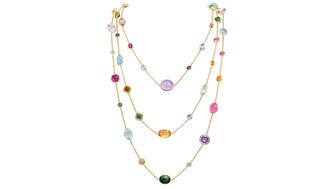
Anita Gumuchian created the 18-karat yellow gold necklace using 189 carats of colored gemstones she spent the last 40 years collecting.


The giant gem came from Karowe, the same mine that yielded the 1,109-carat Lesedi La Rona and the 1,758-carat Sewelô diamond.

The three-stone ring was designed by Shahla Karimi Jewelry and represents Cuoco, her fiancé Tom Pelphrey, and their child.

Supplier Spotlight Sponsored by GIA
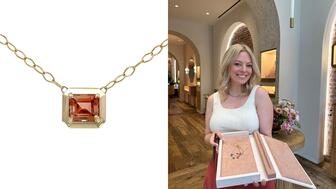
The Manhattan jewelry store has partnered with Xarissa B. of Jewel Boxing on a necklace capsule collection.

Acting as temporary virtual Post-it notes, Notes are designed to help strengthen mutual connections, not reach new audiences.
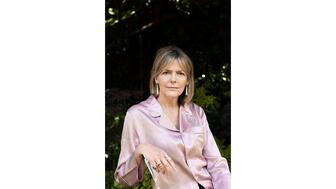
The jewelry historian discusses the history and cultural significance of jewelry throughout time and across the globe.
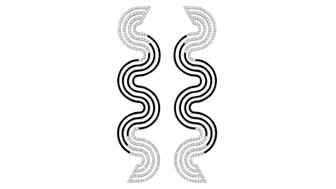
From fringe and tassels to pieces that give the illusion they are in motion, jewelry with movement is trending.
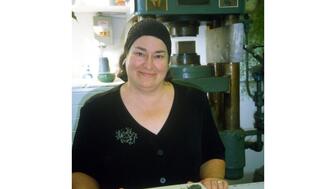
The designer and maker found community around her Philadelphia studio and creative inspiration on the sidewalks below it.
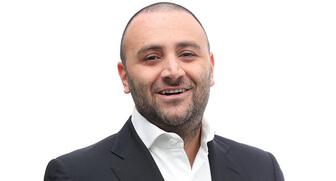
The change to accepted payment methods for Google Ads might seem like an irritation but actually is an opportunity, Emmanuel Raheb writes.

The industry consultant’s new book focuses on what she learned as an athlete recovering from a broken back.
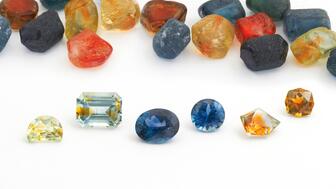
The fair will take place on the West Coast for the first time, hosted by Altana Fine Jewelry in Oakland, California.
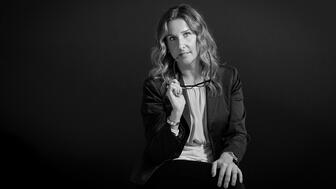
Hillelson is a second-generation diamantaire and CEO of Owl Financial Group.
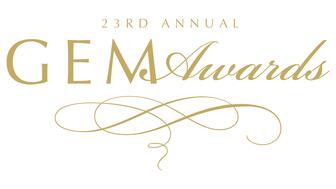
Submissions in the categories of Jewelry Design, Media Excellence, and Retail Excellence will be accepted through this Friday, Aug. 23.
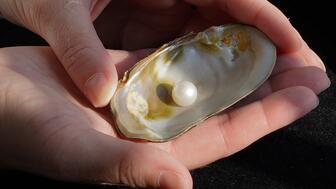
Known as “Little Willie,” it’s the largest freshwater pearl found in recent history in Scotland and is notable for its shape and color.

Clements Jewelers in Madisonville cited competition from larger retailers and online sellers as the driving factor.
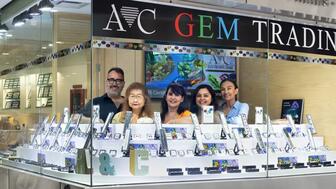
The gemstone company is moving to the Ross Metal Exchange in New York City’s Diamond District.

Most of the 18th century royal jewelry taken from the Green Vault Museum in Dresden, Germany, in 2019 went back on display this week.

The Pittsburgh jeweler has opened a store in the nearby Nemacolin resort.
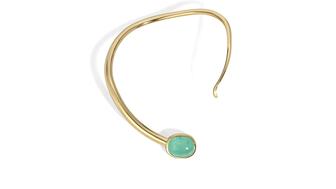
With a 40-carat cabochon emerald, this necklace is as powerful and elegant as a cat.

The Erlanger, Kentucky-based company was recognized for its reliability when it comes to repairs and fast turnaround times.

Unable to pay its debts, the ruby and sapphire miner is looking to restructure and become a “competitive and attractive” company.
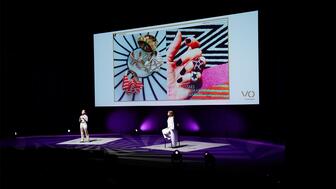
The trend forecaster’s latest guide has intel on upcoming trends in the jewelry market.






















